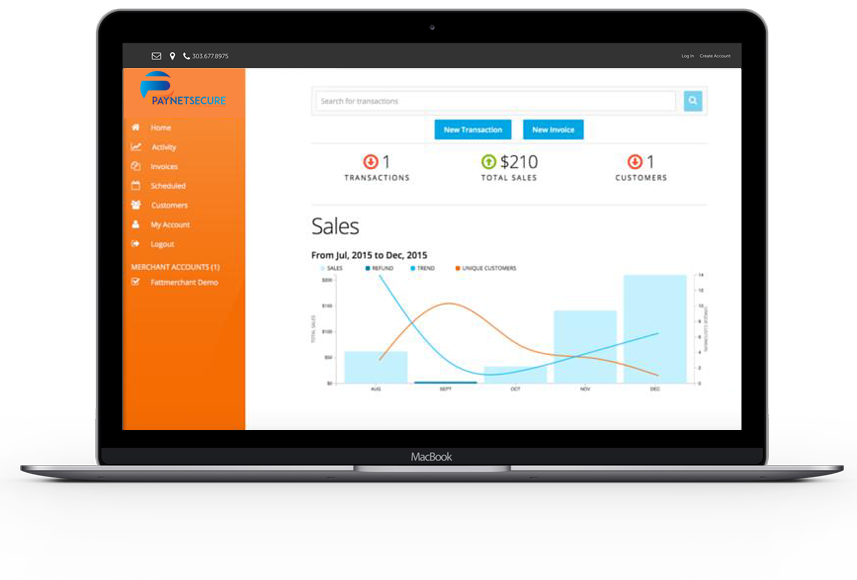Introduction
Global payment processing can present unique challenges for high-risk merchants operating in industries such as adult entertainment, online gaming, CBD products, and travel services. While high-risk merchants face higher scrutiny and potential risks due to regulatory, fraud, and compliance concerns, there are also opportunities for growth and expansion in the global market. This article aims to shed light on the challenges and opportunities associated with global payment processing for high-risk merchants, providing valuable insights to navigate this complex landscape.
Challenges in Global Payment Processing
Regulatory Compliance
One of the most significant challenges for high-risk merchants in global payment processing is regulatory compliance. Different countries have varying regulations and restrictions surrounding high-risk industries. It is essential for merchants to navigate these regulations carefully and ensure compliance to avoid legal and financial consequences. Engaging legal expertise and staying up to date with evolving regulations is crucial for success in global markets.
Increased Fraud Risk
High-risk industries often attract a higher rate of fraudulent activity, making fraud prevention a top concern for merchants. Fraudulent transactions not only result in financial losses but can also damage a merchant’s reputation and lead to increased scrutiny from payment processors. Implementing robust fraud prevention measures, such as advanced fraud detection systems, identity verification, and transaction monitoring, is critical for minimizing risk and ensuring secure payment processing.
Limited Access to Payment Processors
High-risk merchants may face difficulties in securing reliable payment processing partnerships. Many traditional payment processors and acquiring banks are reluctant to work with high-risk industries due to the perceived risks involved. This limited access to payment processors can result in higher transaction fees, stringent underwriting requirements, or even denial of services altogether. Merchants must actively seek out specialized high-risk payment processors who understand their industry’s unique challenges and can provide tailored solutions.
Chargeback Management
Chargebacks, the reversal of funds initiated by customers, can significantly impact high-risk merchants. Excessive chargebacks not only lead to financial losses but can also jeopardize a merchant’s relationship with payment processors. It is crucial for high-risk merchants to employ effective chargeback management strategies, including proactive customer service, clear refund policies, and dispute resolution mechanisms. By minimizing chargebacks, merchants can maintain a healthy payment processing environment and protect their reputation.
Opportunities in Global Payment Processing
Global Market Expansion
Despite the challenges, global payment processing presents substantial opportunities for high-risk merchants to expand their reach and tap into new markets. With advancements in technology and increasing global connectivity, merchants can leverage the internet to target customers worldwide. By diversifying their customer base across different countries, high-risk merchants can reduce their dependency on a single market and unlock new growth opportunities.
Tailored Solutions for High-Risk Industries
Recognizing the demand for payment processing solutions in high-risk industries, specialized payment processors have emerged to cater specifically to the needs of high-risk merchants. These processors have in-depth knowledge of the challenges faced by high-risk industries and offer tailored solutions, including fraud prevention tools, flexible underwriting, and comprehensive risk management. Collaborating with a specialized high-risk payment processor can provide merchants with the expertise and support necessary to thrive in global markets.
Alternative Payment Methods
High-risk merchants can explore alternative payment methods to broaden their customer base and enhance the payment experience. Traditional credit card payments may pose challenges due to higher chargeback risks or limited acceptance by payment processors. However, alternative payment methods such as e-wallets, cryptocurrencies, or prepaid cards offer additional options for customers to make secure transactions. Integrating these alternative payment methods can attract a broader range of customers and increase conversion rates.
Data Analytics and Insights
Global payment processing generates a vast amount of transactional data. High-risk merchants can leverage data analytics and insights to gain a deeper understanding of their customers, identify patterns, and optimize their business strategies. By analyzing transaction data, merchants can detect fraud patterns, identify potential risks, and refine their marketing and operational approaches. Data-driven decision-making empowers high-risk merchants to adapt to market trends and deliver a better payment experience to their customers.
Conclusion
Global payment processing presents both challenges and opportunities for high-risk merchants. While regulatory compliance, fraud risks, limited access to payment processors, and chargeback management pose challenges, embracing the opportunities of global market expansion, specialized solutions, alternative payment methods, and data analytics can drive growth and success. High-risk merchants should partner with experienced payment processors, stay informed about industry regulations, and continually adapt their strategies to navigate the complex global payment processing landscape successfully.
